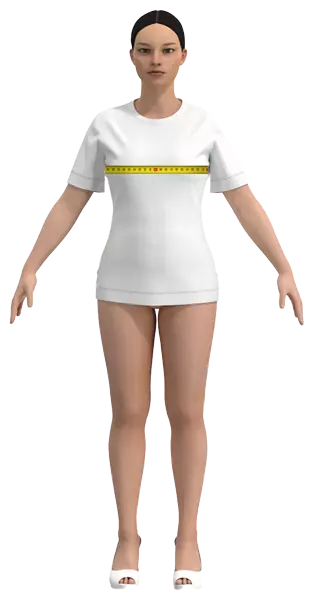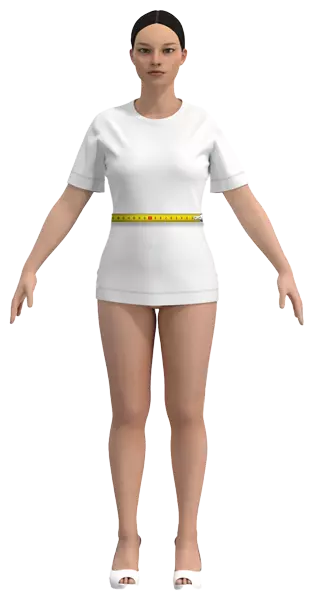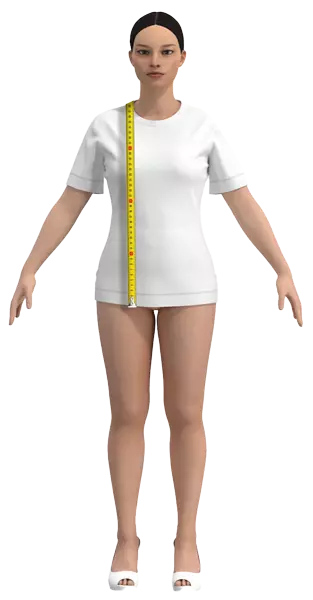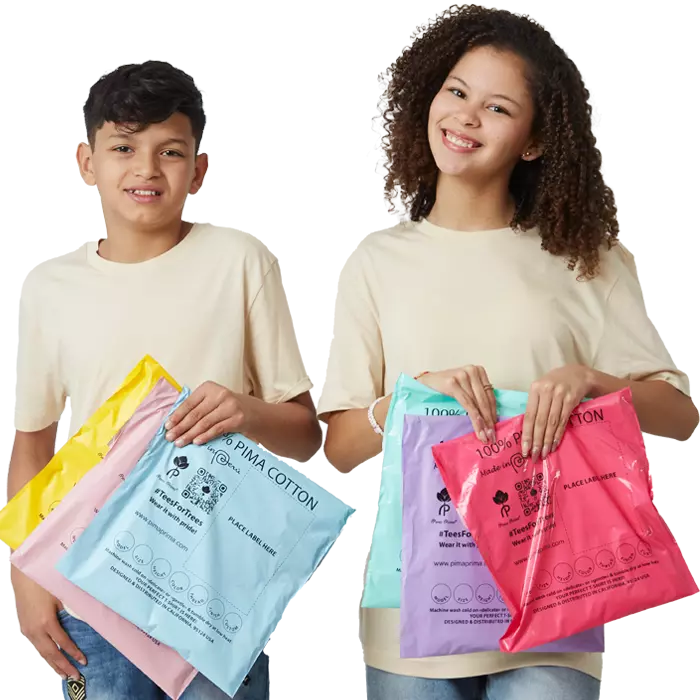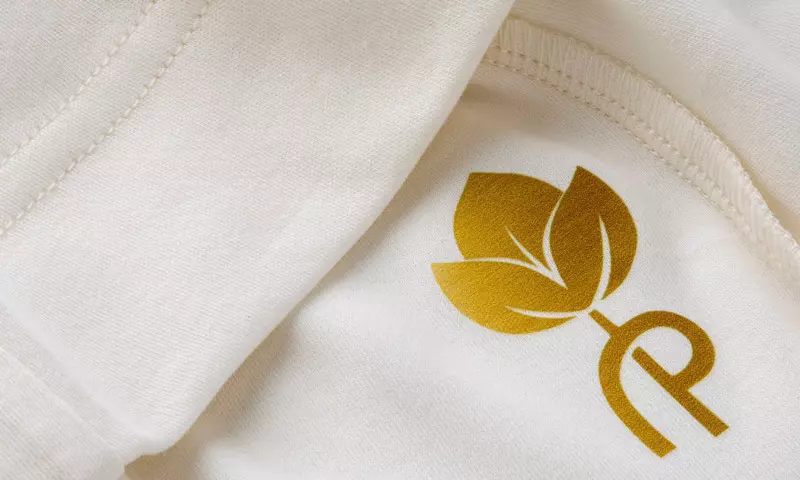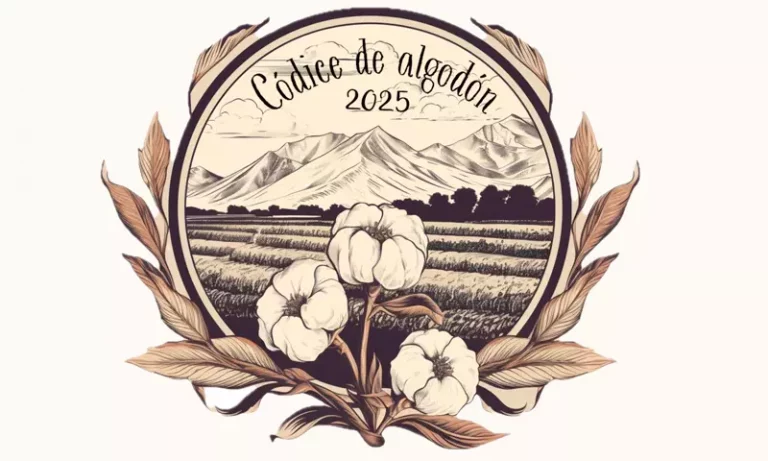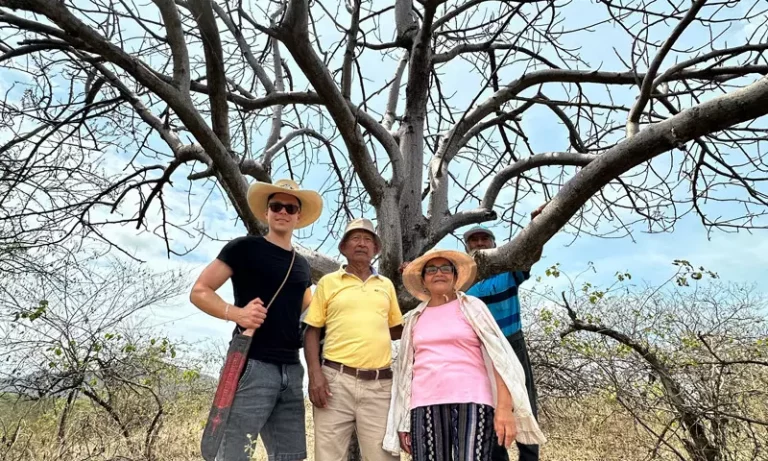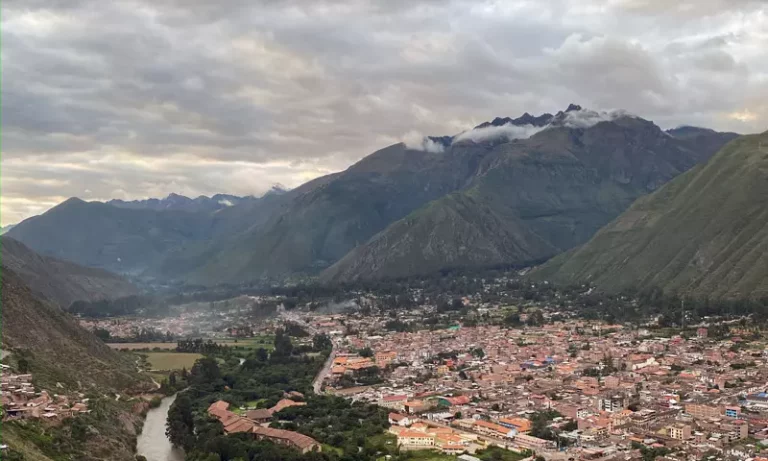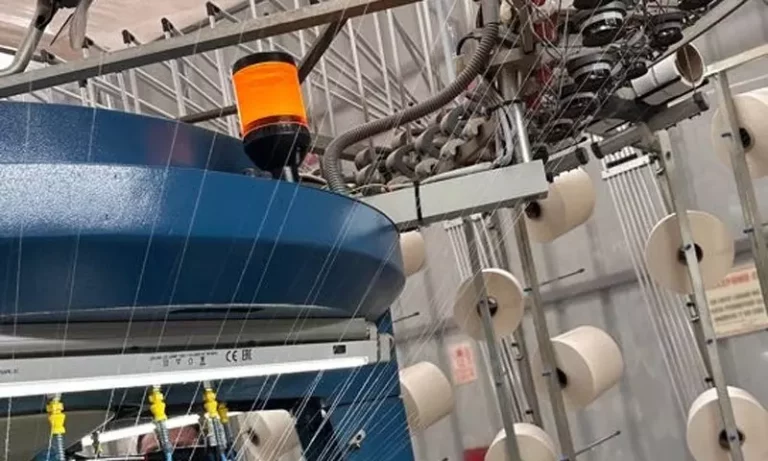Imagine putting on your favorite t-shirt in the morning. Soft, comfortable, maybe a little stretchy. You head to work, go about your day and wash it that evening. It seems harmless, right? But that small t-shirt—especially if it has even a tiny blend of synthetic fibers like polyester—may be starting a journey you’d never expect: a journey that could end in your food.
Tiny Fibers, Big Problem
Every time a t-shirt with synthetic fibers is washed, it sheds microfibers—tiny plastic threads so small they slip through wastewater treatment plants and flow into rivers, lakes, and oceans. Scientists have found these microplastics everywhere, from the deepest ocean trenches to the seafood on your plate. According to a 2018 study in Environmental Science & Technology, a single synthetic garment can release hundreds of thousands of fibers per wash.
From Ocean Currents to Dinner Plates
Once in the water, microfibers are mistaken for food by fish and shellfish. Tiny fibers are ingested and accumulate in the tissues of these animals, which may then be consumed by humans. Research published in Science of the Total Environment found microplastics in 73% of seafood tested in European markets. That means a piece of your t-shirt could literally become part of your dinner.
The Chemical Hitchhikers
Microfibers aren’t just plastic. They carry dyes, flame retardants, and other textile chemicals absorbed during manufacturing. Some of these substances are linked to hormone disruption, inflammation, and other health issues. Eating seafood contaminated with microfibers could expose humans to these chemicals, and scientists are still studying the long-term effects.
A Ripple Effect on Ecosystems
It’s not just humans at risk. Marine life suffers too. Fish and crustaceans ingest microplastics, which can affect growth, reproduction, and survival rates. Predators higher up the food chain—including the seafood we eat—are also affected. The tiny fibers that started in your t-shirt have a ripple effect, stretching across entire ecosystems.
What You Can Do
The good news: small changes make a big difference.
- Choose t-shirts made from 100% natural fibers like organic cotton.
- Wash synthetic-blend t-shirts less frequently and in cold water.
- Use laundry filters or microfiber-catching bags to reduce pollution.
- Support brands committed to sustainable and ethical clothing production.
Pima Prima’s Cotton Codex Project
At Pima Prima, we are actively studying this hidden chain in our Cotton Codex Project. From synthetic fibers in clothing to microplastics in oceans and food, we investigate the health and environmental impacts while promoting sustainable solutions. Every choice—every t-shirt—can help reduce the journey of microplastics and protect both people and the planet.
The Takeaway
Your t-shirt is more than fashion—it’s part of a chain that connects your wardrobe to oceans, wildlife, and your dinner plate. By choosing natural fibers and supporting sustainable practices, you can stop microfibers before they start their journey. It’s fashion with a conscience, protecting your health, the environment, and future generations.
